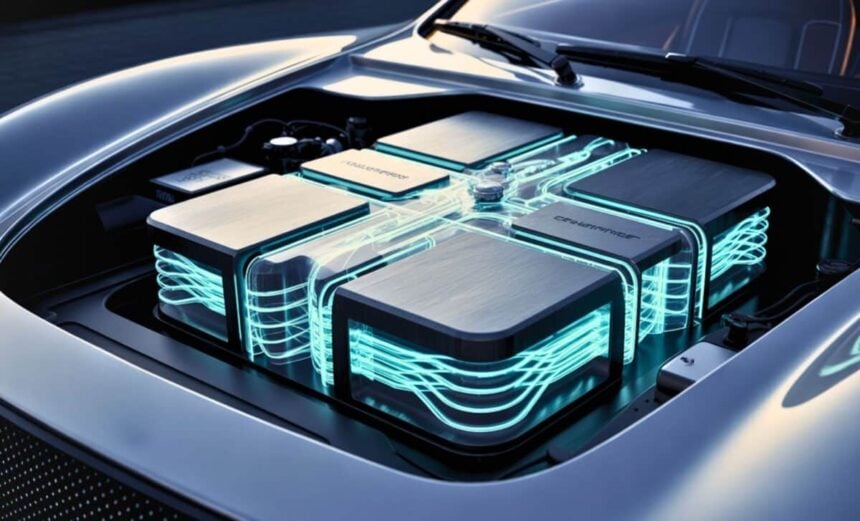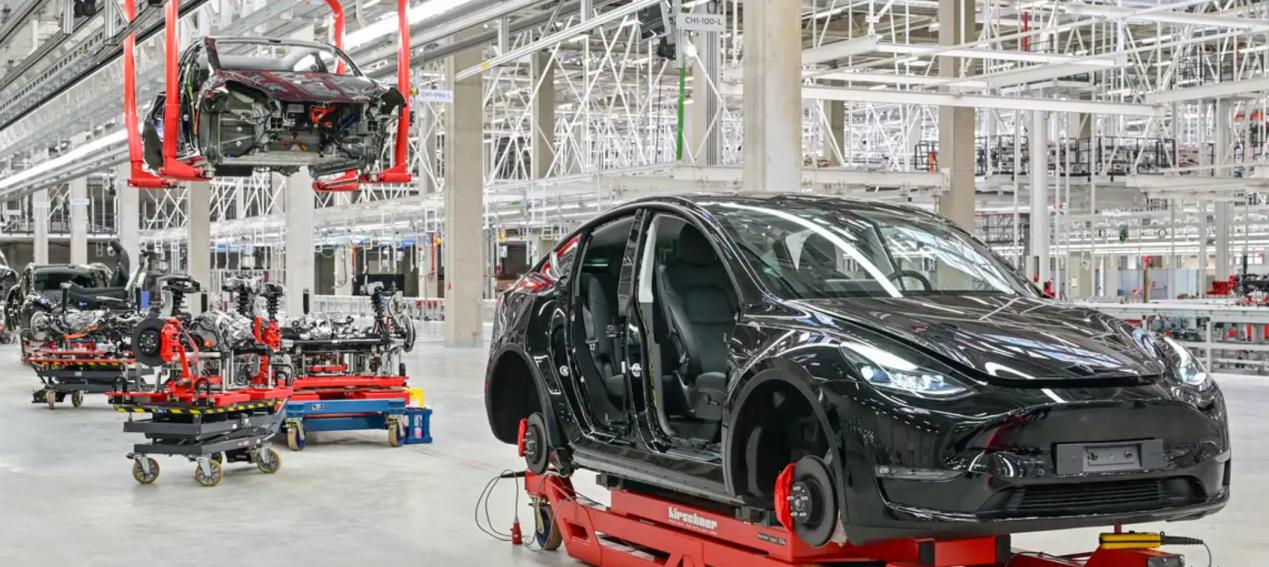
Chinese researchers recently announced a major breakthrough in solid-state battery technology, heralding a revolution in electric vehicles. The researchers announced they have developed a solid-state battery that can provide an electric vehicle with a range of over 1,000 kilometers on a single charge while weighing only 100 kilograms. If successfully scaled up, this technological advancement could significantly transform the electric vehicle landscape, reducing battery weight by over 70% and doubling range.
The announcement was made via China Central Television and supported by researchers from Tsinghua University and two institutes of the Chinese Academy of Sciences. This achievement is considered a significant step toward resolving a problem that has long plagued battery engineers: the bottleneck at the interface between the solid electrolyte and the lithium metal anode. Historically, efforts to create efficient solid-state batteries have been hampered by these incompatible materials and the inability to form a seamless interface.
Solid-state batteries have long been touted for their potential advantages, such as longer driving range, faster charging times, and improved safety compared to traditional lithium-ion batteries. However, challenges remain, particularly in ensuring that the typically ceramic-like and brittle solid electrolyte interacts effectively with the soft and ductile lithium metal anode. This mismatch often results in tiny gaps that hinder ion flow, leading to inefficiency, overheating, and even internal short circuits.
The first breakthrough, from the Institute of Physics, exploits iodide ions that migrate to the interface during battery operation. These ions act like molecular fillers, filling the gaps between the electrolyte and electrode, forming a self-healing bridge and strengthening the integrity of the interface. This advance reportedly enables lithium ions to more efficiently traverse the interface, effectively doubling the expected range of a 100 kg battery pack from approximately 500 kilometers to over 1,000 kilometers, placing the technology ahead of current lithium-ion batteries.
Secondly, another advancement from the Institute of Metal Research addresses the mechanical mismatch between materials by incorporating a flexible polymer-based scaffold into the electrolyte. This scaffold enables the battery to withstand the significant physical stresses of prolonged bending cycles without cracking or performance degradation. By embedding active chemicals into the polymer, the researchers achieved an 86% increase in energy storage capacity compared to conventional solid-state designs.
Furthermore, contributions from Tsinghua University further enhance safety and stability by integrating a fluorinated polyether compound into the electrolyte, forming a protective fluoride layer around the electrodes. This modification stabilizes the interface even under high-voltage conditions, reducing the risks of breakdown and thermal runaway, which are critical for both solid-state batteries and traditional liquid electrolyte batteries. These advances reportedly enabled the modified batteries to successfully pass rigorous testing.
However, while the laboratory success is encouraging, the real challenge lies in scaling up production to commercial levels. The materials used remain expensive, and the manufacturing process complex, raising questions about when these innovative products will reach the market. Despite these obstacles, collaboration among Chinese academic institutions demonstrates that China is developing a coordinated national strategy to surpass leading competitors in solid-state battery technology, including QuantumScape, Toyota, and CATL.
Overall, China's solid-state battery technology has secured a favorable position in the "lab-to-market" industrialization race, but the ultimate path to all-solid-state batteries still requires overcoming the cost and reliability challenges of core materials and processes. This collaborative effort could strengthen China's position in the rapidly developing global electric vehicle market as it strives to lead the next generation of battery technology.

The global electric vehicle market in 2025 is experiencing intense turbulence. Tesla, once a disruptor that reshaped the industry landscape, is now mired in an unprecedented sales crisis.
The global electric vehicle market in 2025 is experiencing …
Recently, Chinese telecom companies Huawei and ZTE signed a…
Recently, according to Xinhua News Agency, Israel's air str…
A strongly worded report from the Equality Trust argues tha…
On November 27, 2025, Alibaba officially entered the global…
The focus of the global financial market in 2025 has always…